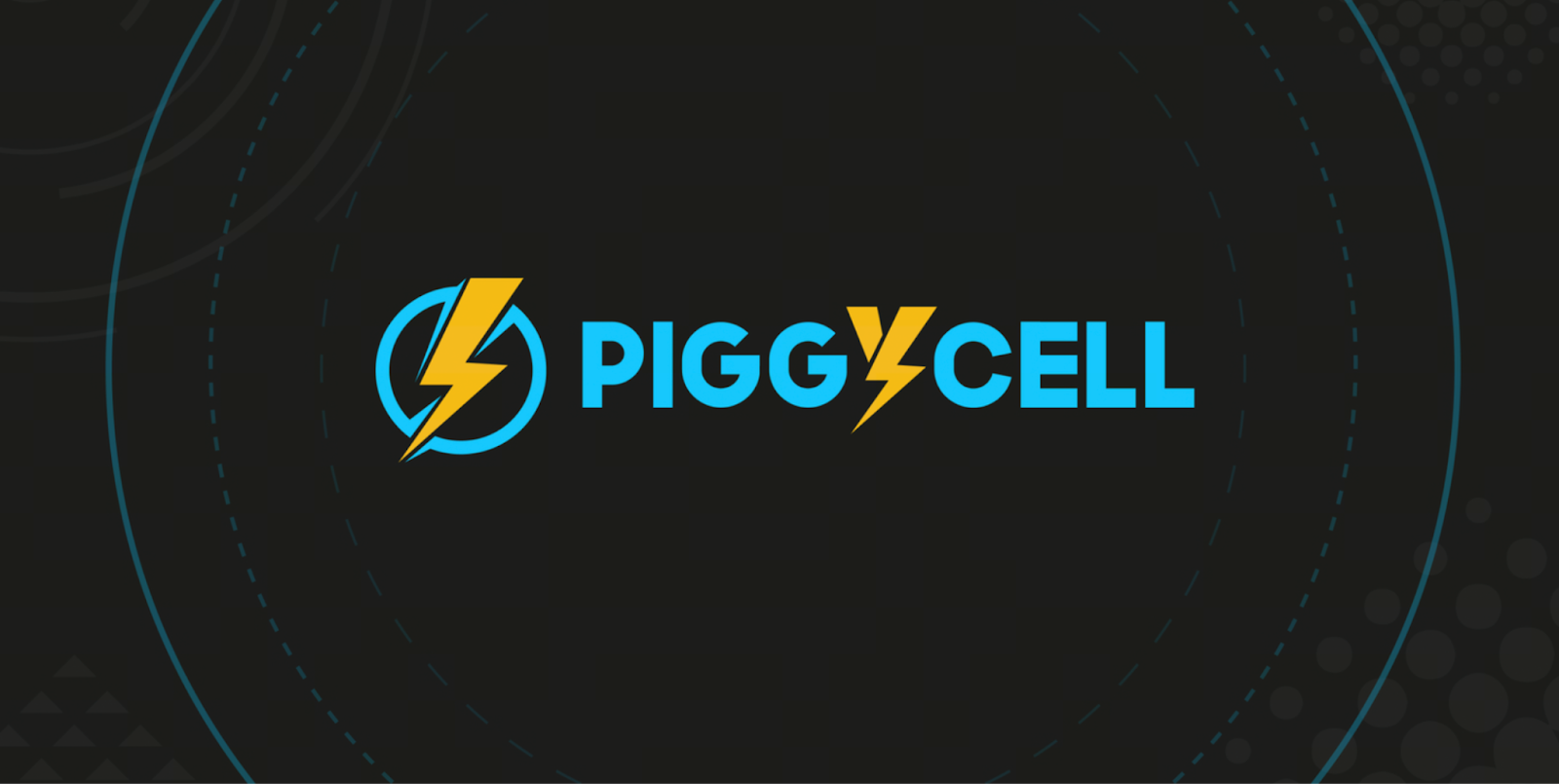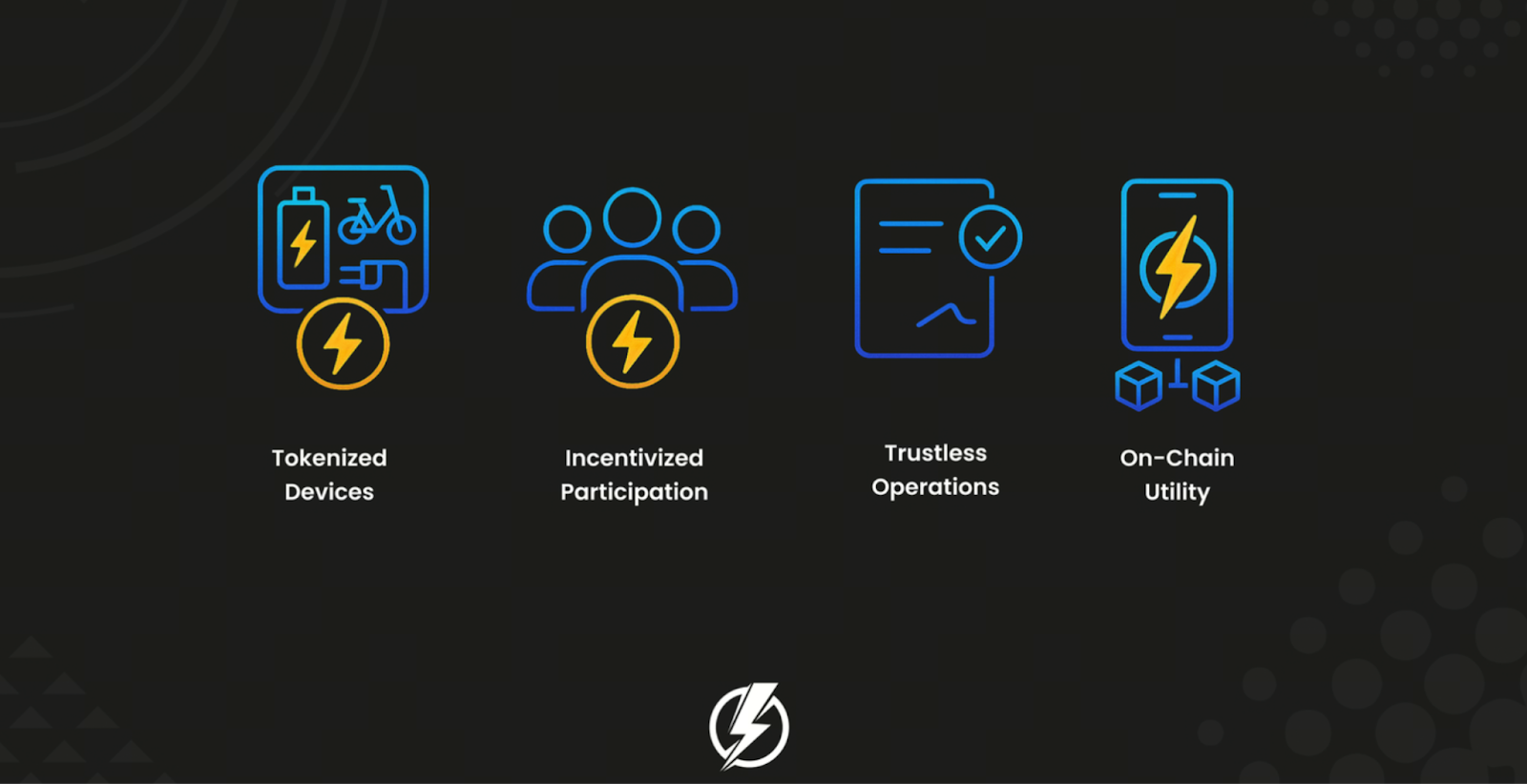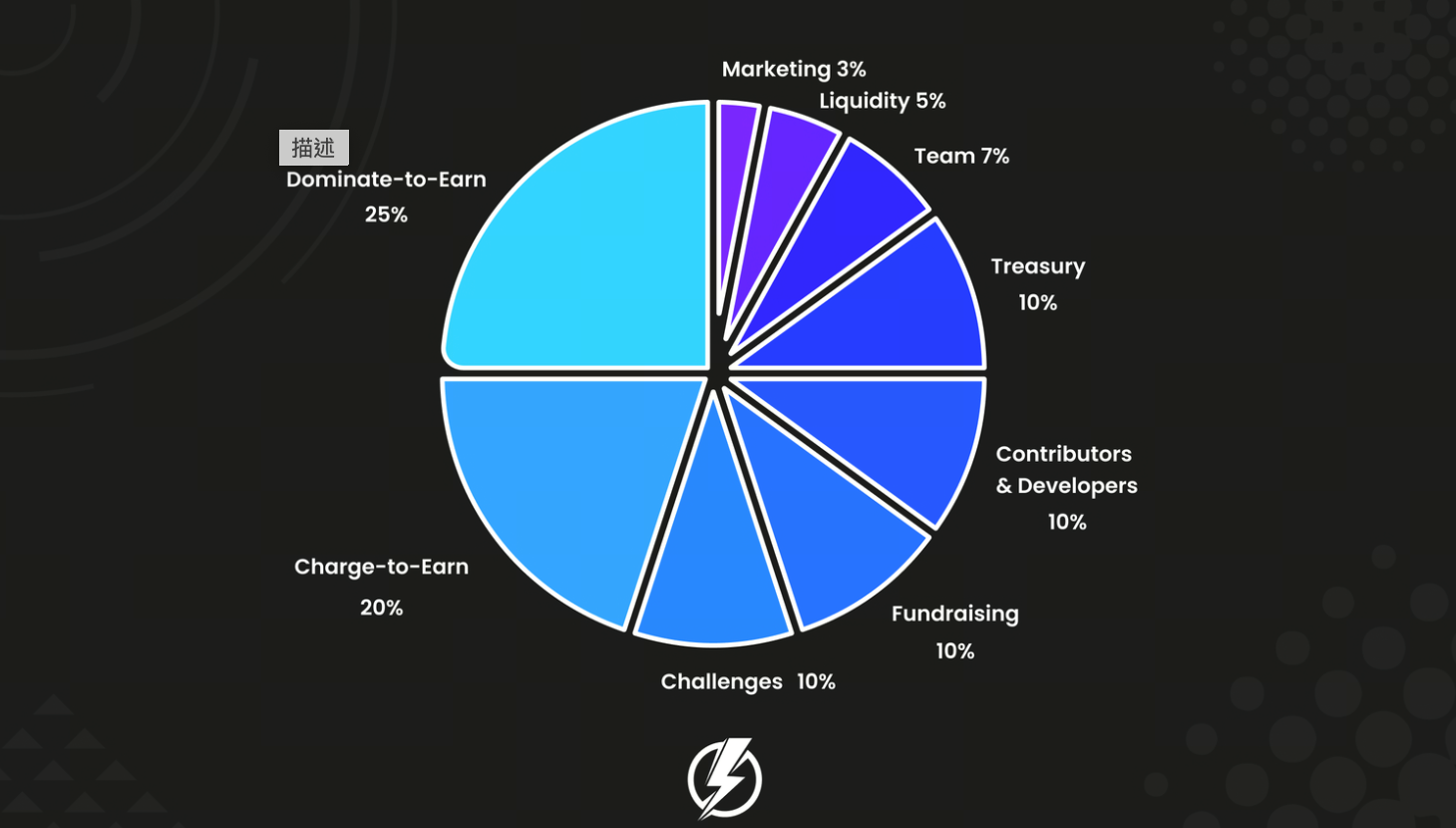What is Piggycell (PIGGY)?
Piggycell: Evolving from Energy Consumer to Co-Builder

(Source: piggycell.gitbook)
Traditionally, energy production and distribution are dominated by large utility companies, leaving individuals with little opportunity to participate. Piggycell seeks to disrupt this paradigm—not by replacing the grid, but by building a decentralized energy network powered by individuals and communities, so energy can be both used and owned.
Piggycell treats every charging device as a tokenized energy node. Whether it's a portable power bank, a retail charging station, or a scooter charging point, each device is tracked and recorded on-chain, generating shareable revenue. Piggycell’s mission is to reshape energy flow, not simply redistribute electricity.
Four Foundational Design Principles
Piggycell’s architecture centers on four essential features:
Decentralization
Anyone can own or operate a node—no corporate permission required.Programmability
Every charging event triggers a smart contract, automatically handling rewards and fees.Transparency
All energy flows and earnings are fully auditable on-chain.Incentivization
Users, merchants, and device owners earn rewards through tokens.
Piggycell aims to shift energy allocation and consumption from centralized supply to an open, shared energy economy.
Piggycell’s Solution
Piggycell integrates Web3-native protocols with physical infrastructure, enabling micro-energy assets to be tokenized and brought on-chain. Key features include:
Device Tokenization: Portable power banks, bike stations, wall chargers, and more become on-chain assets.
Participation Incentives: Stakeholders (users, hosts, providers) earn rewards based on usage, uptime, and referrals.
Trustless Operations: Smart contracts automate payments, validate performance, and assign reputation scores.
On-Chain Utility: Every charging session is transparently and immutably recorded.

(Source: piggycell.gitbook)
Piggycell decentralizes mobile energy transmission through economic coordination, just as Helium transformed wireless networks and Filecoin revolutionized data storage.
Connecting Real-World and On-Chain Energy
Piggycell features a five-layer architecture for optimal flexibility and scalability:
Layer 1/2 Integration: Supports multi-chain environments (BNB Chain, Solana, Internet Computer) for seamless cross-ecosystem operations.
Modular Device Layer: Third-party hardware connects via API or firmware to become on-chain nodes.
Data Layer: Real-time energy usage data is recorded on-chain for auditing and AI analysis.
Token Utility Layer: $PIGGY powers payments, rewards, and governance.
User Layer: Real devices are digitized through apps and NFTs, with gamified experiences.
This multi-layered system enables Piggycell to adapt to various environments, creating self-sustaining energy networks from urban centers to rural communities.
$PIGGY: Powering the On-Chain Energy Economy
$PIGGY, Piggycell’s native token, is the ecosystem's driving force. Unlike speculative tokens, $PIGGY derives value directly from authentic energy transactions: every charge, device activation, and unit of electricity used triggers token allocation and circulation. Primary functions include:
Pay-per-Use: Users pay energy fees using $PIGGY.
Node Incentives: Node owners are rewarded based on operational efficiency.
Staking & Governance: Token holders participate in proposals and upgrades.
Gamified Rewards: Completing tasks or referring new users earns tokens.
Piggycell transforms charging from a simple expense into a revenue-generating, participatory activity.
Tokenomics
$PIGGY’s total supply is 100,000,000, distributed for long-term sustainability and community-driven growth:
Dominate-to-Earn (25%): For holders of NFTs representing real charging nodes, which reflect physical energy devices and earn based on usage and uptime.
Charge-to-Earn (20%): Rewards users charging with Piggycell devices, encouraging Web2-to-Web3 adoption.
Challenge & Task Rewards (10%): For gamified tasks, referral bonuses, and behavioral incentives to foster community engagement.
Fundraising & Strategic Investors (10%): Reserved for long-term partners and VCs, with vesting schedules for protocol stability.
Developers & Contributors (10%): Rewards teams building the protocol, integrating hardware, and expanding the ecosystem.
Treasury Reserve (10%): Managed by the DAO for strategic partnerships and future acquisitions.
Core Team (7%): For founders and management, subject to multi-year vesting and lockups.
Liquidity (5%): Ensures robust DEX/CEX trading.
Marketing & Promotion (3%): For global outreach, brand building, and event airdrops.

(Source: piggycell.gitbook)
This structure guarantees Piggycell’s economic model supports user incentives, network security, and sustained growth, mitigating risks of short-term speculation.
NFT Nodes
Within Piggycell’s ecosystem, every physical energy device is paired with an NFT. Owning the NFT confers on-chain ownership of the node, real-time status and earnings tracking, and automatic token payouts. NFT node features:
Freely transferable and tradable.
Fractionalized for improved liquidity.
Compatible with GameFi, DeFi, and ESG applications.
Piggycell turns infrastructure into personal digital assets—a pioneering concept in the energy sector.
Piggycell’s Long-Term Vision
Piggycell’s core mission is to democratize energy production and distribution, moving beyond government or corporate control. Just as DeFi has reimagined finance, Piggycell is redefining the meaning of “electricity”—transforming energy from a consumable resource to an asset that can be owned, governed, and used to create community value.
To learn more about Web3, click to register: https://www.gate.com/
Conclusion
Piggycell’s journey may begin with a single portable power bank, but its vision is far broader—a decentralized world where everyone can participate and energy flows freely, making energy infrastructure accessible and personal for all.
Related Articles

2025 BTC Price Prediction: BTC Trend Forecast Based on Technical and Macroeconomic Data

Flare Crypto Explained: What Is Flare Network and Why It Matters in 2025

Pi Coin Transaction Guide: How to Transfer to Gate.com

How to Use a Crypto Whale Tracker: Top Tool Recommendation for 2025 to Follow Whale Moves

What is N2: An AI-Driven Layer 2 Solution
